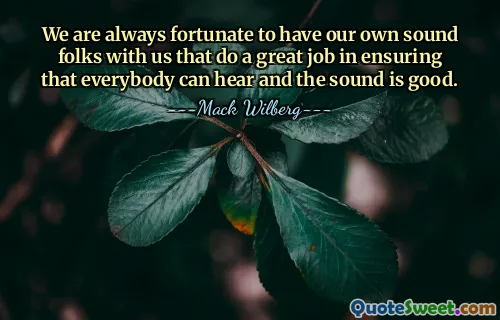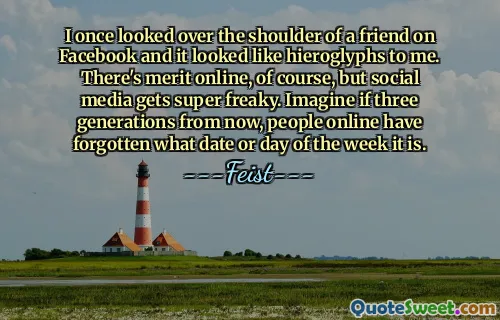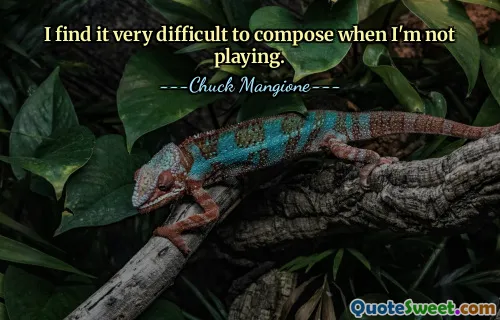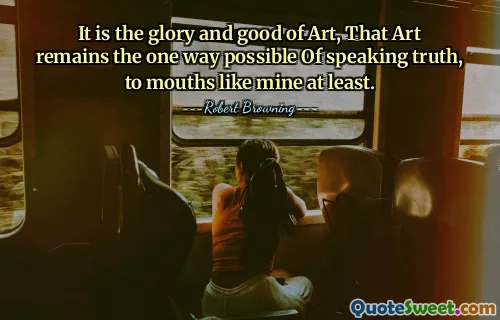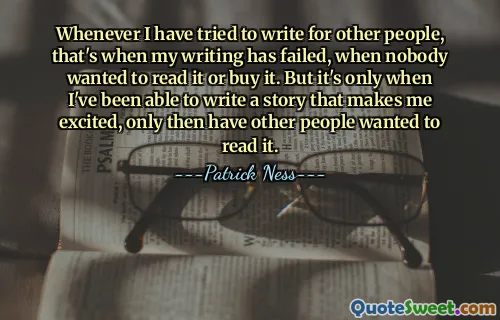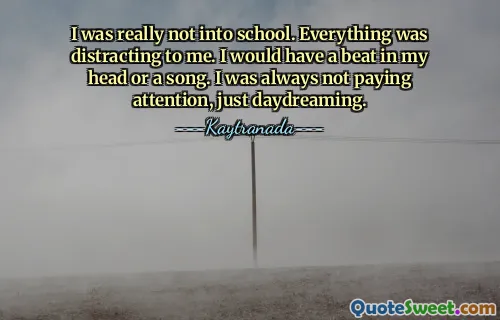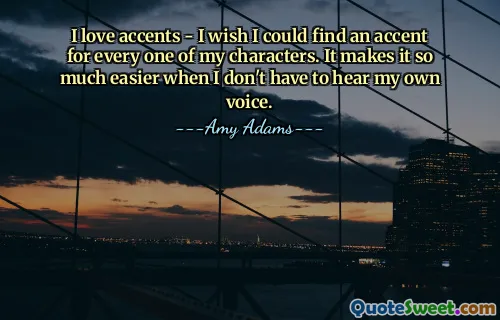
Cinematography is infinite in its possibilities... much more so than music or language.
The notion that cinematography holds infinite possibilities strikes me as profoundly accurate and inspiring. While music and language have well-established structures and rules that guide their expression, cinematography transcends these limitations by blending visual artistry with storytelling, technology, and emotion. It utilizes light, composition, movement, color, and timing to convey meaning in ways that are simultaneously sensory and intellectual. Unlike language, which depends on words and syntax, or music, which relies on rhythm and melody, cinematography operates through an ever-expanding toolkit. This versatility allows filmmakers to craft experiences that can be deeply personal or universally relatable, seamless or experimental.
Moreover, as advancing technology continues to expand the reach and capability of cinematography — with innovations like digital effects, VR, and interactive narratives — the potential for new storytelling forms grows exponentially. This boundless creative frontier invites artists to explore new dimensions of perception and empathy, often communicating subtleties that would be difficult or impossible to achieve through music or language alone. Conrad Hall's perspective highlights the dynamic and multifaceted nature of cinematography, reminding us of its unique power to shape human experience visually and emotionally in limitless ways.



